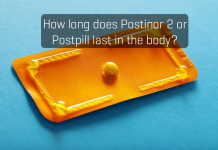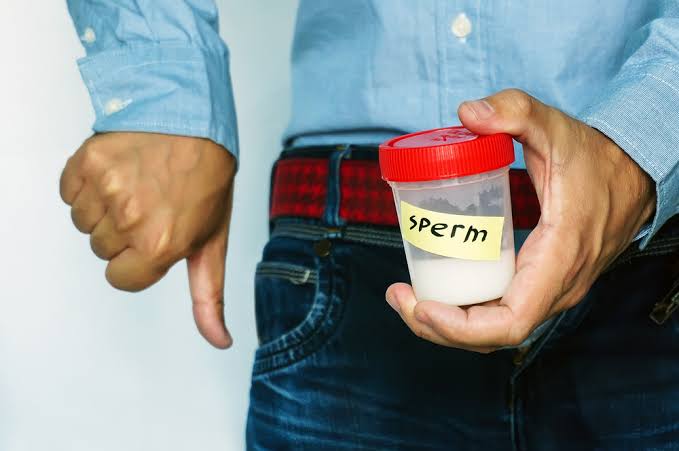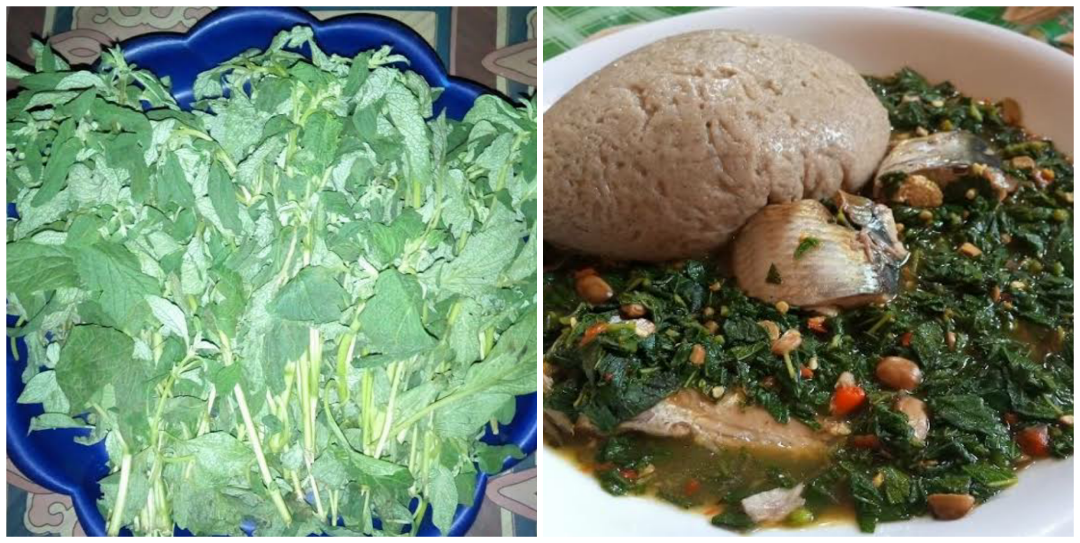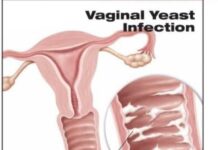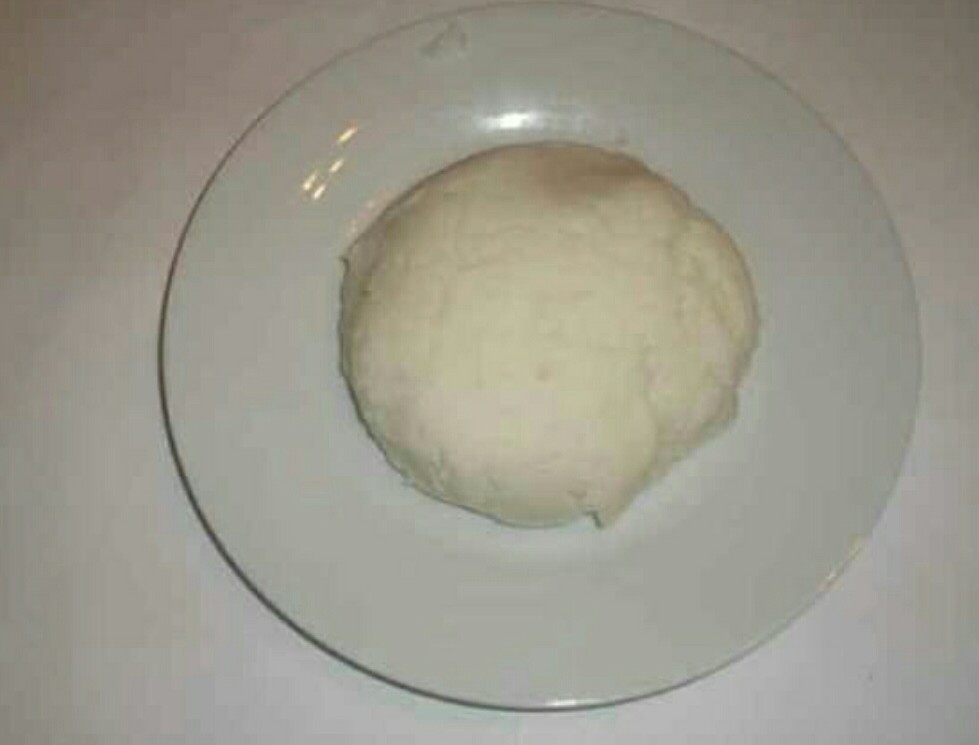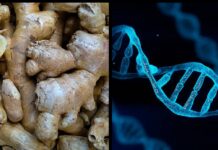A ganglion is a cystic swelling, rarely exceeding 2cm in diameter, associated with a tendon sheath or the synovial membrane or capsule of a joint.
It occurs commonly around the wrist, dorsum of the foot and palmar aspect of a finger near its base. It is the most commonn soft tissue tumour of the hand and wrist.
It represents mucinous degeneration of collagen and connective tissue in these sites and is made up of many cysts clustered together and containing a thick gelatinous mucin that consists of hyaluronic acid, albumin, globulin and glucosamine.
The cyst wall is made up of collagen fibres. There may be a single big cyst surrounded by many microcysts. On the dorsum of the wrist, it usually protrudes between the long extensor tendons of the index finger. In the palmar aspect it appears to arise from the radio-trapezoid joint sheaths. Those at the base of the finger are probably from the flexor tendon sheaths. Seventy percent occur in patients between the second and fourth decades of life.
Women are affected three times as often as men. A ganglion cyst may give rise to pain, paraesthesia (tingling sensation) or weakness in the hand but they are generally asymptomatic.
TREATMENT
It has been varied.
Aspiration of the gelatinous fluid followed by injection of a variety of substances (hydrocortisone sclerosants) has been tried with variable success.
The best method of treatment appears to be total excision (surgery) with removal of modest portion of the attached capsule.
Incomplete excision due to many microcysts close to the edge of the lesion is the basis of recurrence.
Infection, bleeding, nerve, vascular and
tendon injury and scarring and joint instability are possible complications of the various modalities for ganglion cyst treatment.
Please leave a comment.
This article was adapted from the Principles and Practice of Surgery by BADOE and ACHAMPONG.




